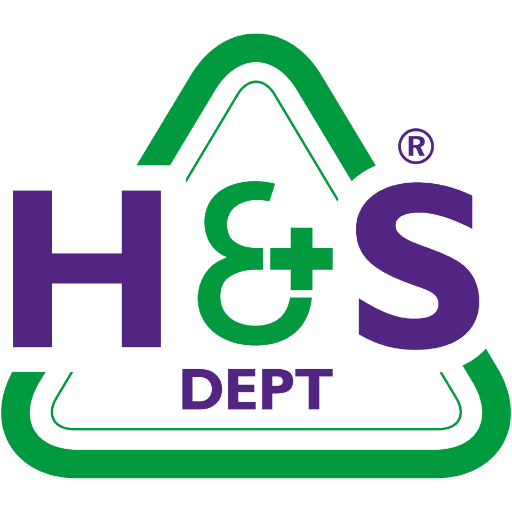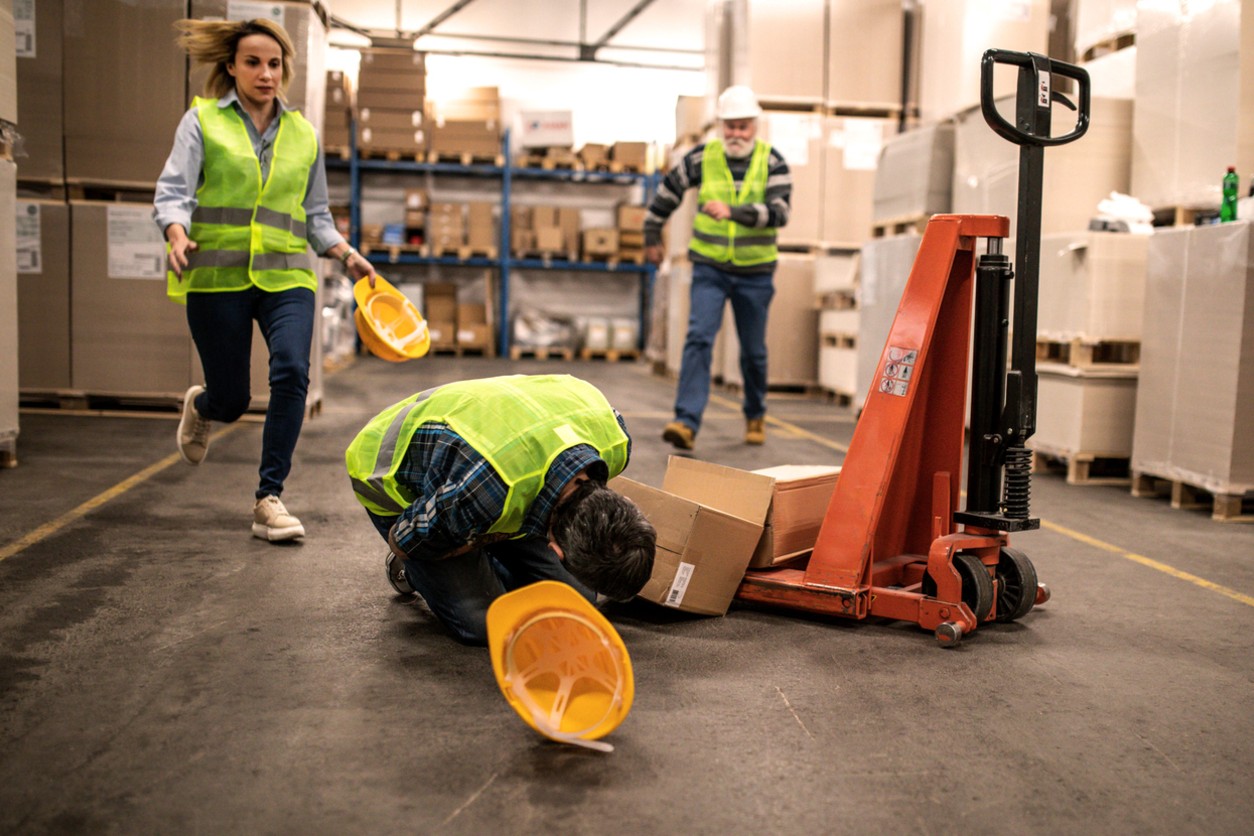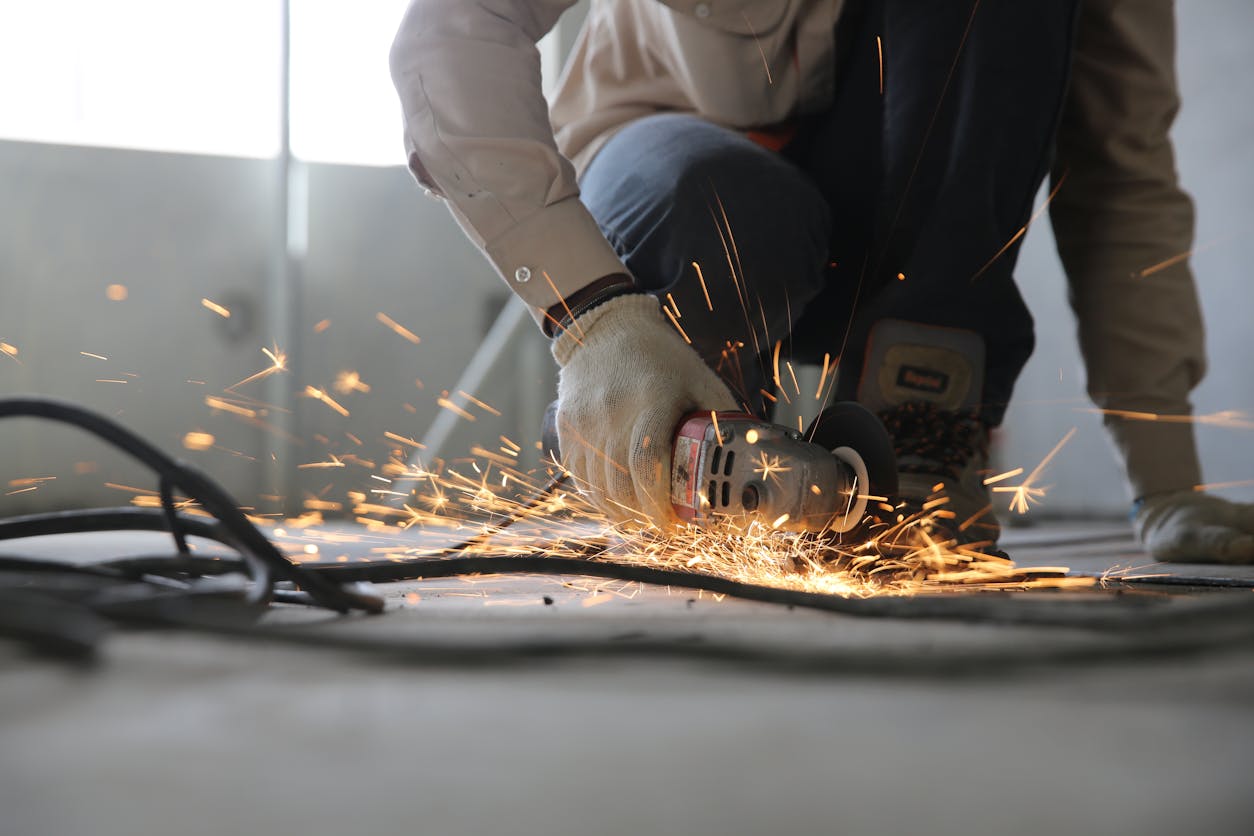If you’re an SME owner or manager, you have a legal duty to carry out regular fire risk assessments. But more than that, it’s about protecting your people and keeping your workplace safe. Fortunately, with expert guidance, the process doesn’t have to be complicated.
In this guide, we’ll walk you through the five simple steps of a fire risk assessment, using real-world examples and practical advice to help you stay compliant and confident.
Why Fire Risk Assessments Matter
Fire risk assessments aren’t just about ticking a box for compliance. They’re about protecting the lives of your staff, your customers and your business itself.
The law is clear: under the Regulatory Reform (Fire Safety) Order 2005, every non-domestic premises must have a suitable and sufficient fire risk assessment in place. That includes offices, shops, warehouses, workshops and more. If you employ five or more people, you also need to keep a written record of your assessment and the actions you’ve taken.
But even if you’re a small team, the risks remain the same, and so does your responsibility. A well-managed fire risk assessment not only helps you meet your legal duties, but it can also save time, money and stress in the long run by reducing the risk of serious incidents.
Step 1: Spotting the Hazards
The first step is about understanding what could cause a fire in your workplace. It’s helpful to think in terms of three elements: what could ignite a fire, what could fuel it and what might help it spread.
In most SME environments, hazards might include overloaded electrical sockets, portable heaters, poorly stored cleaning products or flammable materials like paper, cardboard, or packaging. Kitchens, server rooms and workshop areas often carry the most obvious risks, but don’t overlook quieter corners; a cluttered storage cupboard or blocked ventilation could become a serious issue in the right conditions.
Walk through your premises with a fresh pair of eyes. Think about everyday routines, maintenance habits and anything that could spark or spread a fire. This early stage is all about awareness.
Step 2: Who Could Be at Risk?
Once you’ve identified the hazards, the next step is to consider who might be affected if a fire broke out. It’s not just about the number of people, but their individual needs and circumstances.
Consider whether you have team members with reduced mobility or those who may require extra consideration in an emergency, especially when it comes to safe evacuation.
Think about how people move through your premises during the day. Where might they be isolated or unaware of a fire breaking out? Identifying those at greater risk means you can plan more effective ways to keep everyone safe.
Step 3: Evaluate and Act
Now that you’ve identified the hazards and the people at risk, it’s time to look at what you’re doing to manage those risks, and what could be improved.
Consider the following:
- Are fire doors in good condition and kept closed?
- Are extinguishers correctly positioned and maintained?
- Are escape routes clear, well-lit and easy to navigate?
Sometimes, small changes make a big difference. Moving storage away from heaters. Keeping fire exits unlocked and unobstructed. Storing flammable materials in a separate, ventilated area. If there’s something you can do to reduce the risk, do it, and make sure everyone knows what’s changed.
This is also a good time to review your fire detection systems. Alarms, emergency lighting and smoke detectors should all be regularly checked and properly maintained. And don’t forget about staff training. Do your team know what to do in the event of a fire? If not, now’s the time to fix that.
Step 4: Keep a Record and Share It
If you have five or more employees, you must record the findings of your fire risk assessment. But even if you’re a smaller team, writing things down helps create clarity and accountability.
Your record should outline the hazards you found, the people at risk and the actions you’ve taken (or plan to take) to reduce or remove those risks. It should also include your emergency plan: how people will be alerted, how they’ll evacuate and who’s responsible for what.
Once that’s in place, make sure it’s shared. Everyone should know the drill, quite literally. Talk your team through your fire safety procedures. Do regular practice runs. Make it part of your onboarding for new staff. Fire safety is only effective when everyone’s on the same page.
Step 5: Review and Refresh
A fire risk assessment isn’t something you do once and forget about. Even small changes can affect your risk profile.
That’s why it’s essential to review your fire risk assessment regularly. At least once a year is a good rule of thumb, or sooner if you’ve had building work done, brought in new equipment, or experienced a fire-related incident or near-miss.
Treat your fire risk assessment as a living document. Keep it up to date, and keep it relevant.
Need a Hand? That’s Where We Come In
At The Health & Safety Dept, we know that fire safety can feel like a lot to take on, especially when you’re busy running a business. That’s why we’re here to help.
Our expert advisors can carry out thorough, tailored fire risk assessments for your premises. We don’t believe in one-size-fits-all solutions. Instead, we get to know your business and create practical, proportionate recommendations that work for you.
We’ll help you understand what the law requires, what’s best practice and how to keep your people safe without the jargon. And if you’re not sure where to start, we can guide you every step of the way.
Fire safety might not be the most exciting part of your business, but it’s one of the most important. With the right approach, it’s entirely manageable — and something you can feel confident about.
If you’d like a bit of extra support with your next fire risk assessment, just get in touch with The Health & Safety Dept. We’re here to help you protect what matters most.











